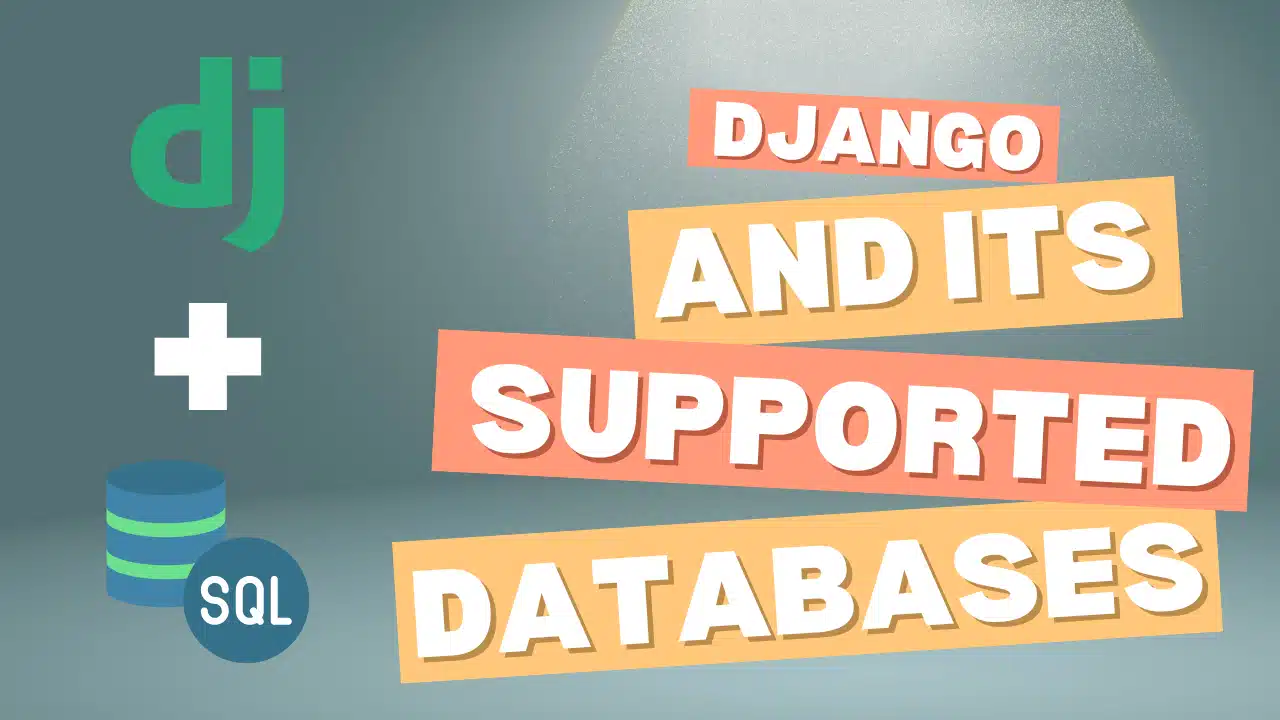Building a QR Code Scanner in Flutter: A Complete Beginner’s Guide

Introduction
QR codes have become ubiquitous, used for everything from product tracking to personal information sharing. In the realm of mobile apps, incorporating QR code scanning functionality can greatly enhance user experience. In this blog, we’ll walk you through building a QR code scanner in Flutter, complete with simplified code examples and answers to common questions. Whether you're a beginner or looking to add QR scanning to your app, this guide will cover all the essentials.
Table of Contents
|
1. What is Flutter?
Flutter is an open-source UI software development toolkit created by Google. It allows developers to build natively compiled applications for mobile, web, and desktop from a single codebase. Flutter uses the Dart programming language and provides a rich set of pre-designed widgets to create beautiful and responsive user interfaces.
2. Setting Up Your Flutter Environment
Before you begin, ensure that you have Flutter and Dart installed. Follow these steps to set up your development environment:
- Install Flutter SDK:
- Download the latest stable version from Flutter's official website.
- Follow the installation instructions specific to your operating system.
- Set Up an Editor:
- You can use editors like Visual Studio Code or Android Studio.
- Create a New Flutter Project:
flutter create qr_code_scanner
cd qr_code_scanner
3. Adding Dependencies
To build a QR code scanner, you need to add a QR code scanning library to your project. We will use the qr_code_scanner package.
Open your
pubspec.yamlfile and add theqr_code_scannerdependency:dependencies:
flutter:
sdk: flutter
qr_code_scanner: ^1.0.0Run the following command to install the new dependency
flutter pub get
4. Building the QR Code Scanner
Let’s build a simple QR code scanner screen.
- Create a New Dart File: Create a file named
qr_scanner.dartin thelibfolder. Write the Code for QR Scanner:
// lib/qr_scanner.dart
import 'package:flutter/material.dart';
import 'package:qr_code_scanner/qr_code_scanner.dart';
class QRScanner extends StatefulWidget {
@override
_QRScannerState createState() => _QRScannerState();
}
class _QRScannerState extends State<QRScanner> {
final GlobalKey<QRViewController> _qrKey = GlobalKey<QRViewController>();
QRViewController? _controller;
@override
void reassemble() {
super.reassemble();
if (Platform.isAndroid) {
_controller?.pauseCamera();
}
_controller?.resumeCamera();
}
@override
Widget build(BuildContext context) {
return Scaffold(
appBar: AppBar(
title: Text('QR Code Scanner'),
),
body: Stack(
children: [
QRView(
key: _qrKey,
onQRViewCreated: _onQRViewCreated,
),
Positioned(
bottom: 50,
left: 0,
right: 0,
child: Center(
child: Text(
'Scan a QR code',
style: TextStyle(fontSize: 20, color: Colors.white),
),
),
),
],
),
);
}
void _onQRViewCreated(QRViewController controller) {
setState(() {
_controller = controller;
});
controller.scannedDataStream.listen((scanData) {
ScaffoldMessenger.of(context).showSnackBar(
SnackBar(content: Text('Scan result: ${scanData.code}')),
);
});
}
@override
void dispose() {
_controller?.dispose();
super.dispose();
}
}Update the Main File: Modify
main.dartto include the QRScanner widget.// lib/main.dart
import 'package:flutter/material.dart';
import 'qr_scanner.dart';
void main() => runApp(MyApp());
class MyApp extends StatelessWidget {
@override
Widget build(BuildContext context) {
return MaterialApp(
title: 'Flutter QR Scanner',
theme: ThemeData(
primarySwatch: Colors.blue,
),
home: QRScanner(),
);
}
}
5. Handling QR Code Scans
In the code above, the onQRViewCreated function sets up a listener for scanned QR codes. When a QR code is scanned, the result is shown in a SnackBar. You can customize this to handle the scanned data according to your app’s requirements.
6. Testing the QR Code Scanner
To test the QR code scanner:
Run the App:
flutter run- Scan a QR Code: Use the app to scan QR codes. Ensure your device has a camera and the camera permissions are granted.
Integrating a QR code scanner into your Flutter app is straightforward with the qr_code_scanner package. This guide has walked you through setting up the scanner, handling scans, and addressing common issues. By following these steps, you can enhance your Flutter app with powerful QR code scanning functionality.
Adding QR code scanning capabilities can significantly improve user interaction in your app. With Flutter’s simplicity and the
qr_code_scannerpackage’s functionality, implementing this feature has never been easier.
FAQs
Que 1. Why is the camera not working?
Ans. Ensure your app has camera permissions. Check the AndroidManifest.xml for Android or Info.plist for iOS for proper permissions.
Que 2. How do I handle different QR code formats?
Ans. The qr_code_scanner package supports multiple QR code formats. If needed, use the scanData.format property to handle different formats.
Que 3. Can I customize the scanner’s appearance?
Ans. Yes, you can customize the overlay and scanner UI by modifying the QRView widget.
Que 4. How do I handle invalid QR codes?
Ans. Add validation logic in the scannedDataStream.listen callback to check the validity of the QR code content.
About Author
Latest Blogs

Mastering C#: Your Ultimate Guide to Learning C# Programming
Introduction to C#C# (pronounced "C sharp") is a versatile and powerful programming language developed by Microsoft. Launched in the early 2000s, it is primarily used for building Windows applications, web services, and games. With its clean syntax and object-oriented principles, C# has become one of the most popular programming languages worldwide.Why Learn C#?Versatility: C# is used in various domains, from desktop applications to cloud-based services.Strong Community: With a robust community …

A Complete Guide to Hacktoberfest 2024: How to Register, Contribute, and Make the Most of It
Hacktoberfest is back for 2024! This annual event encourages developers worldwide to contribute to open-source projects. Whether you're a seasoned open-source contributor or a newcomer, this guide will walk you through the process of getting started, making contributions, and maximizing your participation in Hacktoberfest 2024. What is Hacktoberfest?Hacktoberfest is an event held every October to celebrate and promote open-source software. DigitalOcean organizes it in partnership with other tech companies and open-source …

Django and Its Supported Databases: A Comprehensive Guide
Django, a powerful web framework written in Python, offers seamless integration with various databases. Choosing the right database depends on your project needs. This guide will explore all available databases compatible with Django, how to connect them, incompatible databases, and frequently asked interview questions related to Django database integration.Supported Databases in DjangoPostgreSQLMySQLMariaDBSQLiteOraclePostgreSQLPostgreSQL is a popular open-source relational database that is fully supported by Django. It's known for advanced features like …

Python Generators: A Comprehensive Guide with Examples, Use Cases, and Interview Questions
IntroductionIn Python, generators provide a powerful tool for managing large datasets and enhancing performance through lazy evaluation. If you’re aiming to optimize memory usage or handle streams of data efficiently, understanding Python generators is crucial. This blog will cover what Python generators are, how they work, their advantages, scenarios where they shine, and some common interview questions. Whether you're a seasoned developer or new to Python, this guide will help …
Social Media
Tags
#Flutter
#QRCodeScanner
#MobileDevelpment
